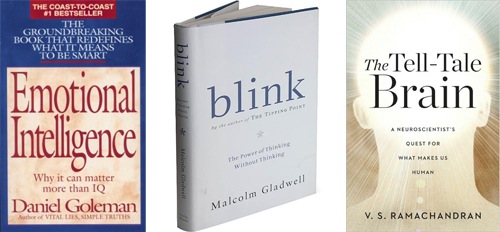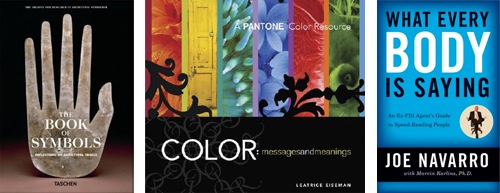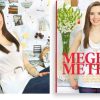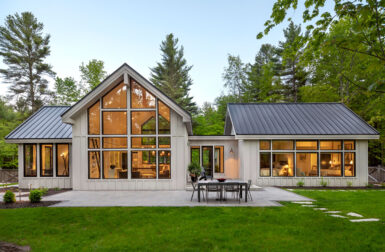Meghan Carter demystified design and made it possible for anyone — even the most design-deficient — to create his or her ideal home in her first book, The Meghan Method: The Step-By-Step Guide to Decorating Your Home in Your Style. In January, she’s launching two new projects: a weekly video series covering a variety of lifestyle topics and “Room to You”, an e-design service that includes the client in the process. Somehow, she found time to put together a Friday Five for us, and we’re glad because it’s a good one — and the last one of the year.

When it comes to design, my first instinct isn’t to look for inspiration and understanding within the industry. Instead, I look outside to other disciplines to gain insight, and the following five are the ones that shaped my design perspective and served as the foundation of my book.

1. The Brain
Before you design, the first thing to do is get to know your client — or end user. In all cases, the end user is the brain. After all, our ability to enjoy design is solely dependent on our ability to perceive it. Without perception, all good — and bad — design would be lost on us. That’s why I soak up every book and lecture I can about the master of perception: the human brain. I truly believe that the better we understand the brain, the better we can design for it.
Some of the thought leaders I’ve enjoyed hearing or reading include Vilayanur Ramachandran, Stephen Pinker, Daniel Goleman, Malcolm Gladwell, and Robert Cialdini. The list could go on and on.

2. The Body
The other half of the end user is the body. And as with the brain, the better you know how it works, the better you can design for it. I don’t read up on the body quite as much though. Instead, I do — simulate — the action for which the room I’m designing will be used. It helps me the functions that must be met. More often than not, what I discover during my test-runs greatly influence my designs.

3. Nature
To truly understand the end user, one must also understand its natural environment. Whenever I need inspiration, I look to nature. And not just for color or texture inspiration. I study nature to understand how different environments impact us. By looking at the abnormal — the diseased and the destructive — what constitutes a “normal” environment, an environment that makes us feel at ease and safe, immediately comes to light.

4. Communication
It’s commonly accepted that there are two components of design: form and function. When it comes to form, some say the simpler, the better. Others argue for the ornate. But, the second we begin to debate which looks better, we entirely miss the point. Form is not frivolous or vain. It serves an incredibly important purpose: communication. The lines, colors, and textures of every object communicate an emotional message. Centuries of evolution have trained us to read them. Think of poisonous animals; they look the way they do to elicit fear.
When it comes to design, the clearer you communicate your intended message, the more perfect your form will be. The key to nailing form is to focus on visual communication. This is why I take every chance I get to brush up on all the ways we communicate visually, and then revisit them when I need inspiration. Body language, symbols, and color are a great place to start.

5. Economics
Many would think an economical perspective only applies to the function aspect of design. I say it applies to both. The entire act of designing is an economical process in which we’re constantly weighing the costs and benefits. For example, we wonder what shape to use, what color to pick, how much material to use, etc. As we weigh the costs and benefits, we’re on the lookout for the point at which we hit diminishing returns, so we can stop right before it hits. This helps keep us from overbuilding the design.
For many, the entire economical process of design happens subconsciously. They just feel what’s right. But when faced with a tough design decision, I find that it’s nice to revisit the economics of it all, and clearly identify the costs and benefits. The second I do that, the right decision becomes crystal clear.
Take a look back at all of the 2011 Friday Fives here.







